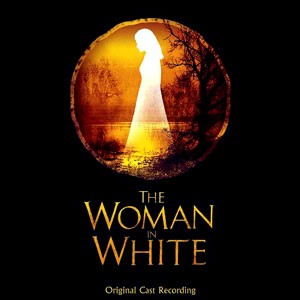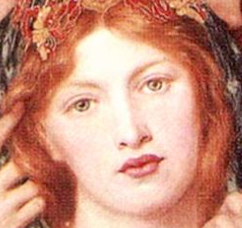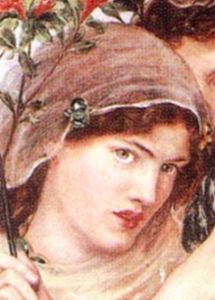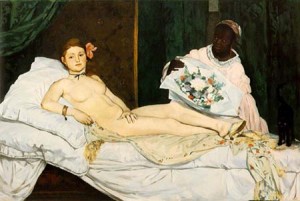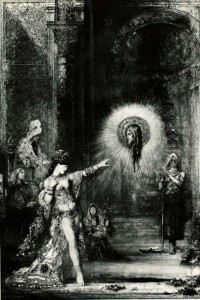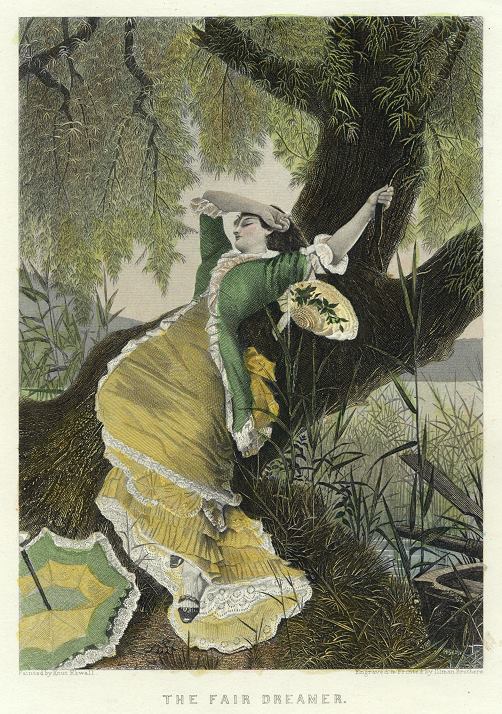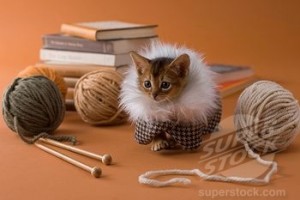I have chosen to write about the musical version of The Woman in White by Andrew Lloyd Webber and David Zippel. Although I was unable to find the entire musical online, I was able to find bits and pieces, as well as read the summary, reception, and more. Putting aside the fact that the writers had to edit out many parts of the novel in order for the musical to be of acceptable length, I want to address what main parts they did leave out, as well as what the writers changed. First, the entire storyline regarding Pesca’s history with Walter, as well as his involvement with Fosco’s demise is completely omitted. More importantly, Fosco’s death does not even exist in the musical. This lessens Fosco’s involvement in his and Glyde’s manipulation of Laura and Marian, as well as his involvement in the entire storyline as a whole. Second, Glyde’s secret is completely altered. Instead of being a bastard child, it is revealed that he had raped Anne and then drowned the child that was created from the act. This creates Glyde to be more despicable than ever, because there is practically nothing more terrible than killing children in the eyes of the public. These two substantial changes portray Glyde as the true villain in this interpretation instead of Fosco.
This causes a decreasing importance of Fosco’s character, as well as depicts him as less dishonorable than his character in the novel. Perhaps the sole purpose of these deletions and adjustments were simply to shorten the story, but most likely they were also to simplify it. It appears that having two antagonists, one obvious but the other more subtle, is too complicated for a modern audience. Back in the Victorian era, people were expected to know others’ names without asking, as well as memorize family trees and ties of those around them. These social expectations are no longer in place for our generation, but even so, what does that say about society today if we can’t even keep a storyline of a classic novel the same for our own convenience?